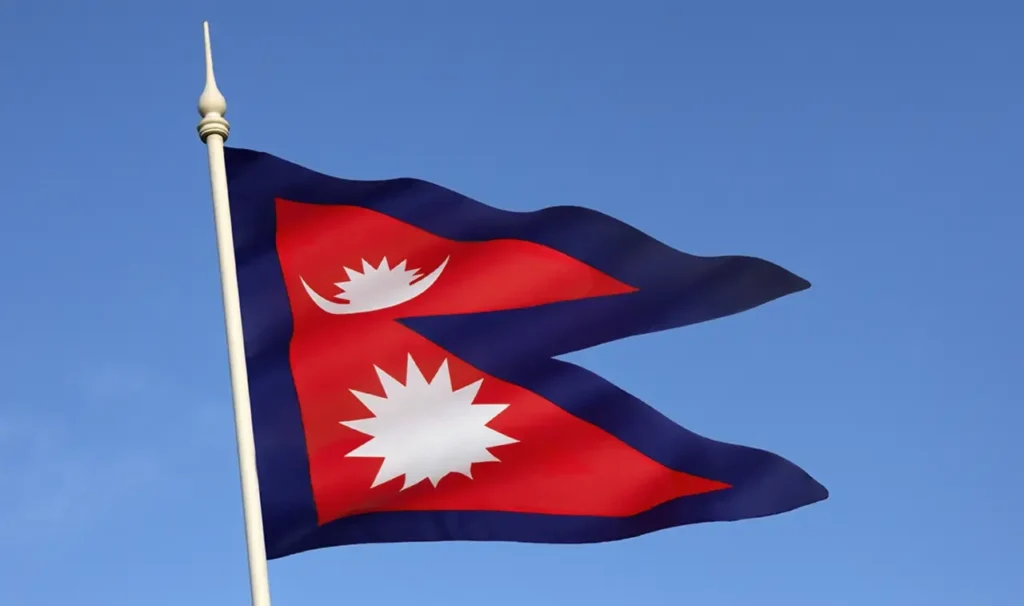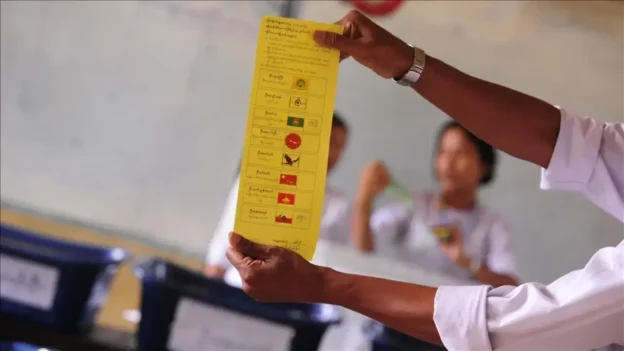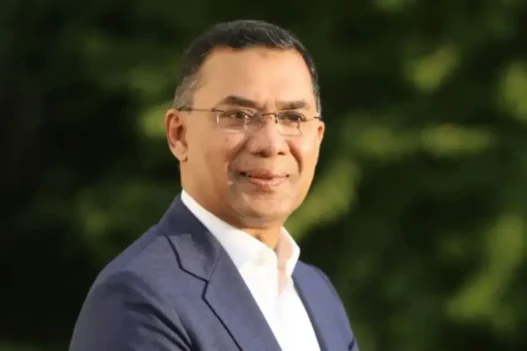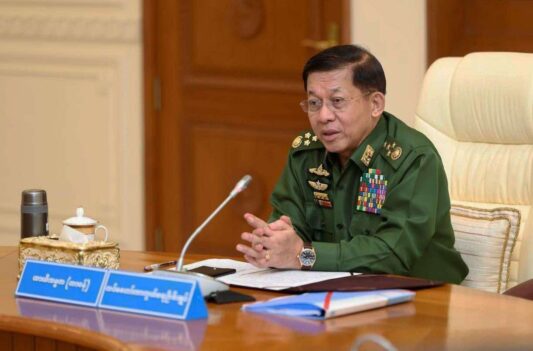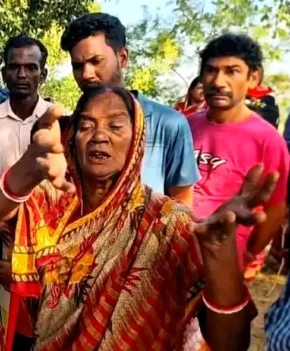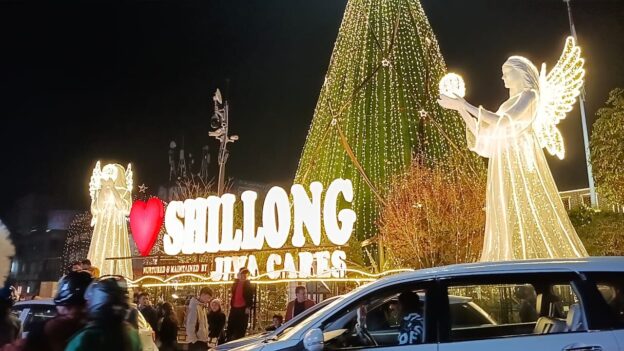A youth stands atop a barricade before Singha Durbar, fist raised high, the national flag whipping overhead. Around them, slogans like “Shut down corruption, not social media” flutter like prayers. In that moment, amid chanting crowds and smoke, a young generation claimed the stage of history.
The Spark That Was Never Just About Social Media
On September 4, 2025, the Oli government banned 26 social media platforms, from Facebook and Instagram to YouTube, Reddit, and X. Only TikTok and Viber survived, having complied with new registration laws. The official rationale was to curb “lawlessness.”
But for digitally native Nepali youth, this was more than inconvenience. Social media is their campus, their marketplace, their arena of speech. The ban was interpreted as the final insult in a country where politics has failed its young. The hashtag #PoliticiansNepoBabyNepal captured the mood, images of ministers’ children holidaying in Europe spliced against footage of thousands of Nepalis queueing daily for Gulf visas.
From Outrage to Uprising
On September 8, Kathmandu awoke to its largest student mobilization since the 2006 Jana Andolan. At Maitighar Mandala, voices thundered: “Stop corruption, not social media!”
What began as peaceful marches quickly spiraled. Police unleashed tear gas, water cannons, rubber bullets, and eventually live rounds. By nightfall, 19 lay dead, including a 12-year-old child. Over a hundred were wounded.
That evening, Home Minister Ramesh Lekhak resigned. Within hours, the social media ban was lifted. Yet the concessions exposed the deeper rot: no Nepali prime minister has completed a full term in over two decades; youth unemployment drives 2,300 citizens abroad daily; corruption remains endemic.
The following day, Prime Minister K.P. Sharma Oli resigned after protesters torched Singha Durbar, Parliament, and his residence. Victory was declared. But the air was already thick with a more unsettling question: what next?
A Leaderless Movement, A Leaderless State
Unlike 1990 or 2006, when parties coordinated the streets, this was a revolt without hierarchy. VPNs, encrypted chats, and flash mobs replaced manifestos and flags. Youth waved the national flag and sang the anthem, claiming patriotic legitimacy in their own idiom.
Kathmandu’s Mayor Balendra Shah called it a “spontaneous Gen-Z surge.” But spontaneity is fragile. Who negotiates on behalf of a leaderless crowd? Who manages the day after revolution?
The paradox is stark: a leaderless protest has created the conditions for a leaderless state.
The violence underscored this fragility. Party offices burned. Sher Bahadur Deuba and Arzu Rana were attacked before the army intervened. Deputy PM Bishnu Prasad Paudel was beaten and chased through the streets. Mob justice dealt blows to Nepal’s corrupt elite, but also shredded decades of democratic institution-building in one stroke.
Now, names float in the air: Rabi Lamichhane, the media-entrepreneur-turned-politician; Balendra Shah, the rapper-mayor; Harka Sampang, Dharan’s maverick populist. Yet none commands both institutional backing and generational trust.
Meanwhile, the army, patrolling curfewed cities, is the only organized force left standing. And in the shadows, royalist whispers grow louder: could this be the moment of a King’s return, backed by the Rashtriya Prajatantra Party and businessmen like Durga Prasai?
Reverberations Across the Border
For India, this Himalayan upheaval is no distant spectacle. The 1,800-kilometre open border, once a symbol of roti-beti ties, is now patrolled by SSB units and drones. The Ministry of External Affairs has issued advisories as airports shut and tourists remain stranded.
The ripples are immediate. Remittances, nearly a third of Nepal’s GDP, face disruption. Sixty-five percent of Nepal’s trade with India has slowed. Family WhatsApp groups linking Biratnagar to Bihar, Kalimpong to Kathmandu, fell silent during the blackout, a reminder that digital bans sever kinship as much as activism.
Strategically, Delhi faces an old dilemma. A weakened Nepal may lean further toward Beijing’s Belt and Road. Yet overt Indian involvement risks fuelling anti-India nationalism. Thus, the official line remains muted: “dialogue and restraint.” But beneath it lies unease, about refugee flows, about external meddling, about the future of the 1950 Treaty.
Within India’s own politics, the Sangh Parivar may see an opportunity. The King of Nepal was once crowned Vishwa Hindu Samrat by the VHP. His return, from one angle, could even align with Hindutva imaginations of a Hindu state across the Himalaya. Perhaps in the context of Chinese footprint in the Himalaya, this idea would not serve the interest of Indian foreign policy too badly.
Between Romance and Rupture
All revolutions begin in romance. France had the Bastille, Sri Lanka its 2022 Aragalaya, Bangladesh its July uprising. Nepal now has its Gen Z moment: students storming barricades with nothing but flags and conviction.
But revolutions rarely end where they begin. France’s dream ended in the guillotine, then Napoleonic absolutism. Bangladesh’s student hopes gave way to Islamist currents. Sri Lanka’s protestors toppled a president only to see the same political class return in new clothes.
Nepal too stands on that knife’s edge. The romance is real: unarmed students singing their anthem before live fire. But so is the risk of rupture: curfews, torched symbols of state, and an army waiting in the wings.
What Comes After Oli?
This is no longer about Facebook or WhatsApp. That ban is already history. The true question is whether Nepal can transform youthful outrage into durable political order.
Will a Balendra Shah or Rabi Lamichhane rise to the moment? Will the parties regroup under generational scorn? Or will the army decide only it can restore stability? Or is this the time the Vishnu avatar Gyanendra Bir Bikram of the Shah dynasty makes a comeback to become a King for a third time in a single lifetime, now that the back of the democratic parties has been broken.
The Gen Z uprising has already redrawn Nepal’s political map. But as history shows, from France to Sri Lanka the real danger lies not in the protest itself but in the vacuum it leaves behind.
A leaderless movement can inspire. A leaderless state cannot endure. Across the Himalayas, and across India’s borders, one question lingers with brutal clarity: Who, if anyone, will inherit this revolution?

